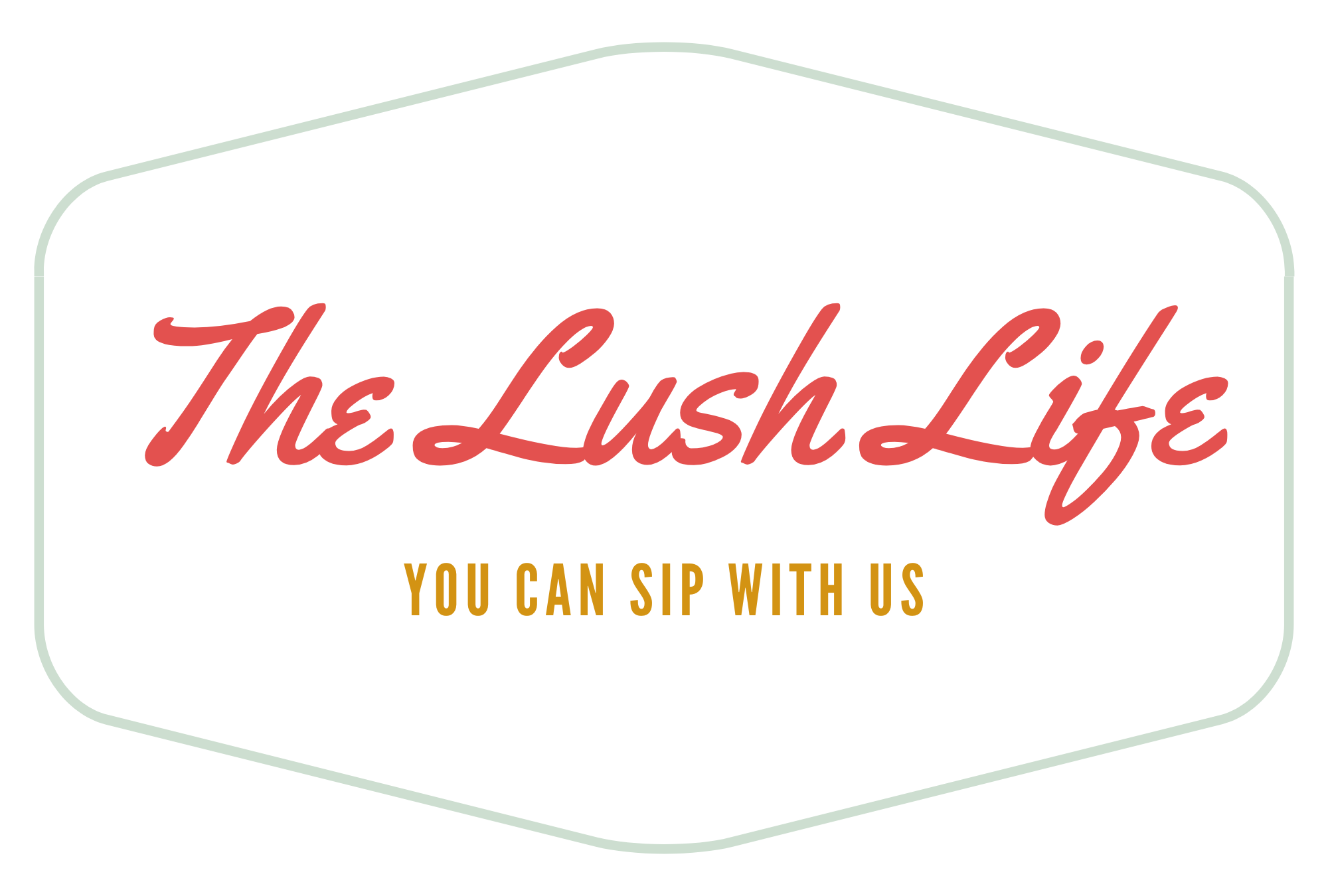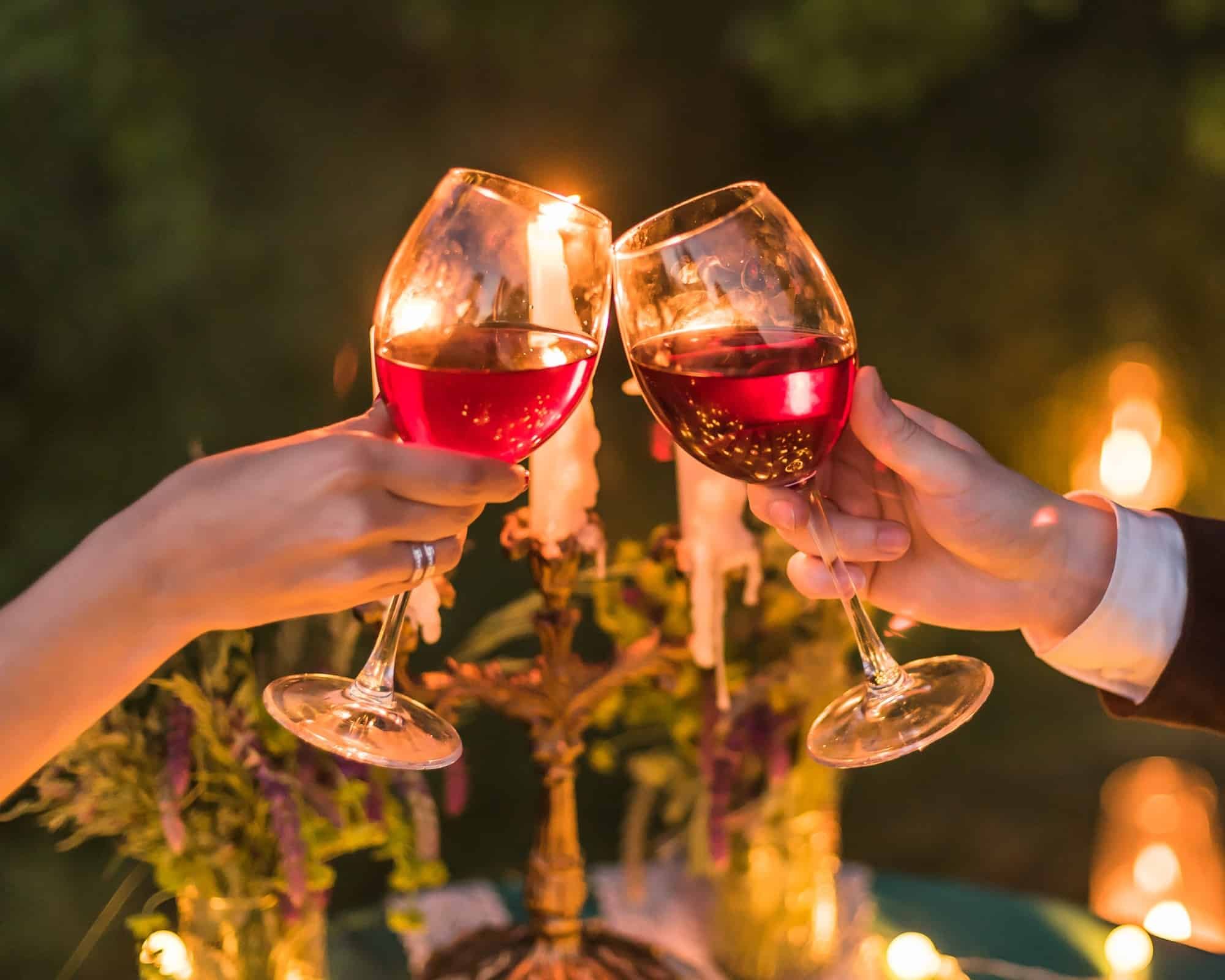How To Pick Your Perfect Sparkling Wine
When it comes to fun, festive wines, we cannot get enough of the fizz! Bubbles equal instant glamor--- and no matter what you're celebrating (New Year's Eve, your wedding, or, you know, Wednesday) there is a sparkling wine out there to suit every palate and price range. But choosing your perfect sparkling wine can be daunting--- between classic white, romantic rosé, or even adventurous sparkling reds, and prices ranging from 'cheap and cheerful' $10 bottles to luxury splurges in the triple digits, it's complicated. SO, we've broken it all down into 3 simple tips. Follow them and you'll be shopping like a Somm in no time!
Tip #1: Learn the difference between Champagne and other sparkling wines
Remember this: all Champagne is sparkling wine, but not all sparkling wine is Champagne.
True Champagne is only produced in the Champagne region of France; it is undoubtedly the most iconic sparkling wine in the world. On the technical side, Champagne utilizes primarily 3 grapes: Chardonnay, Pinot Noir, and Pinot Meunier, and it gets its lovely bubbles from the traditional method--- where the grape juice is fermented to create a still wine (or 'base wine'), and then the base wine gets fermented a second time inside a pressurized bottle sealed with a crown cap (like you see on beer bottles). The carbon dioxide produced during this second fermentation gets trapped inside the wine because it has nowhere else to escape; and voila, we have sparkles! The entire process is very painstaking and handcrafted- which can lead to more premium pricing. In terms of 'true' Champagne from the Champagne region of France: you might see even more luxury price points, due to a couple factors. The first is that the climate in Champagne is notoriously difficult (think: cold and rainy), and the soil is very poor (chalk and alluvial soil)--- since struggling vines get super strong, the more you more a vine struggle the higher quality fruit is produced; and so the relatively tough growing conditions in Champagne keep yields low, quality high, and you will most probably pay for that! The second factor that contributes to Champagne's high pricing is honestly just something we call the 'luxury tax'. As a 'brand', Champagne has luxury product status. You might find other very high-quality 'traditional method' sparklers from other parts of the world that are friendlier on the wallet (hey, if you want that Chanel logo you'll pay for it, right???).
Budget-Friendly alterantives: Cava and Prosecco
If you're watching your budget, you will find that there is a range of lower-priced sparkling wine options like Cava (from Spain) or Prosecco (from Italy’s Veneto region) that may be a better option for you. Cava is made in the traditional method just like true Champagne, but from native Spanish grapes like Macabeo, Xarel.lo, and Parellada (and the Cava production area is much bigger... so more supply means lower pricing). Italian Prosecco is made from the Glera grape, and instead of the precious second fermentation happening in bottle, it's fermented in a huge tank and then bottled under pressure (less handcrafted, and more simple in flavor because there's no grape blending or barrel aging). There are other options like Crémant (made in the traditional method, and also in France--- but not in Champagne; you see these from Alsace, Burgundy, and the Loire), and also traditional method sparklers from the US, Chile, Argentina, Germany- all over the world!
Tip #2: Size matters
...Bubble size, that is! The size of the bubbles actually indicates the quality of the wine- smaller is better. You want to see tiny, wispy and effervescent bubbles that create a light, fine, and frothy texture in your mouth. Think more Perrier-bubbles, less Club Soda. The next time you go to an event and the 'complimentary Champagne' has golf-ball-sized bubbles, that's a clear sign that it's very low-quality. And probably not actually Champagne.
Tip #3: Learn how to decode the label
The wonderful thing about sparkling wine (as opposed to most still wines) is that the labels actually tell you much of what you need to know about the flavor profile of the wine--- as long as you know how to decode them. Yep, you read that right--- the label tells you how the wine will taste! Sparkling wine has a little bit of dosage (a mixture of wine and sugar) added to it, otherwise it would be very tart and bitter. So the names of the different styles of sparklers indicate how many grams of sugar have been added. The most common style is Brut, which means there are less than 12 grams of added sugar per liter. If you like a sweeter style, look for Demi-Sec or Doux. The driest style is Brut Nature, which has less than 3 grams added sugar- these wines are more crisp, linear, and austere. Once you know what those magic terms mean, choosing the right bottle for your occasion is so much easier! Check out our Sparkling Wine Sweetness Scale below- keep this in your back pocket the next time you go to the wine shop (screenshot away!)- and you will be well on your way to the perfect bottle for your next toast. Cheers!







